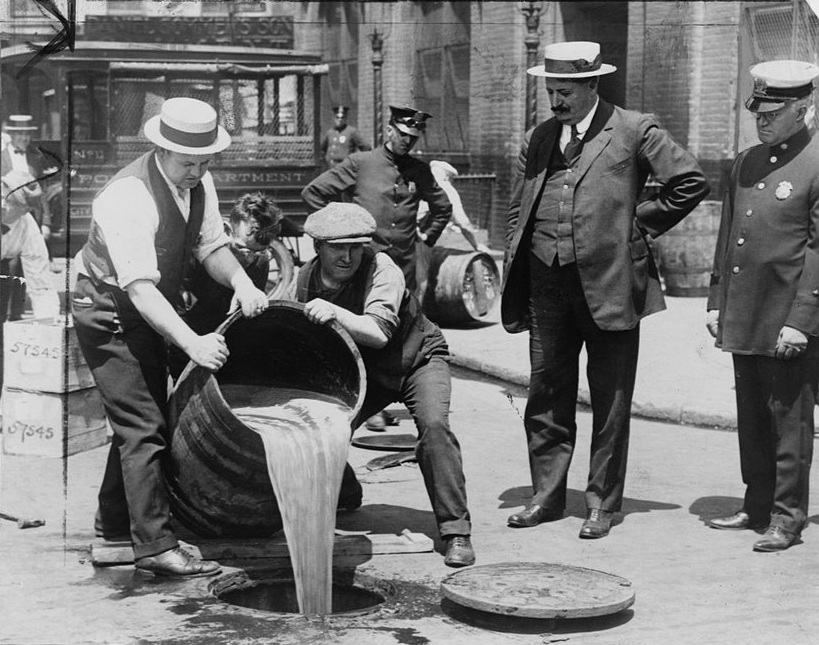3 Advances in Hormonal Pain Care
/By Forest Tennant, MD, Guest Columnist
There are three new discoveries or innovations in hormonal pain care that I dearly love. I believe they are real trend-setters, but keep in mind that the “next big thing” may not endure. Nevertheless, I’m so excited about these three newcomers to the hormone and pain care movement, that I wish to share them.
Hormone Derivative Treatment
Some really smart scientists know how to make derivatives or analogues out of the “real McCoy.” Why do this? Because the derivative can boost the potency of the basic hormone several fold.
There are two hormonal derivatives that, in my hands, have been extremely beneficial to sub-groups of chronic pain patients. The first is medroxyprogesterone, which is a derivative of progesterone. In my experience, medroxyprogesterone is far more potent in treating intractable pain patients than is plain progesterone.
I have administered medroxyprogesterone to intractable pain patients and most found that it reduced their pain and their need for opioids. The causes of intractable pain in these patients were multiple and included Lyme disease, post-traumatic headache, post-stroke and arachnoiditis. We have often made a topical medroxyprogesterone (skin massage) cream for use over arthritic joints and over the lumbar spine of adhesive arachnoiditis patients.
The second hormone is nandrolone, which is a derivative of testosterone. When a derivative is made from testosterone, it is often called an “anabolic steroid” because it grows tissue.
Anabolic steroids have a generally pejorative or negative view since they have been used to grow the muscles and nerves in athletes that wish to gain athletic advantage. Don’t be too offended by the term. After all, the pain patient needs to grow some nerves and muscle to relieve pain.
The U.S. Food and Drug Administration has approved nandrolone for use in “wasting” or “catabolic” conditions that cause tissue degeneration. Many severe pain patients qualify. A big problem today in pain practice is the Ehlers-Danlos syndrome (EDS) patient whose nerves, muscles and connective tissue genetically and progressively degenerate. Nandrolone is proving to be a Godsend to some of these suffering individuals.
One really good thing about the derivatives medroxyprogesterone and nandrolone is that patients can safely try these hormonal agents for only a month to see if they get a positive response.
Medrol Test
Medrol is the commercial and best-known name for the cortisone derivative methylprednisolone. It’s an old drug, but ranks as a top-notch newbie because it is the cortisone derivative that best crosses the blood brain barrier and suppresses neuroinflammation.
To date, we don’t yet have a reliable blood test to determine if there is neuroinflammation in the brain or spinal cord, but it is essential to know if active neuroinflammation is in the central nervous system (CNS).
Step one on the mending road is to suppress and hopefully eliminate neuroinflammation. A Medrol test is, in my experience, your best bet to know if you have active neuroinflammation. There are 2 ways to take the Medrol test. One is to take an injection of Medrol for 2 consecutive days. The other is to obtain what is a 6-day dose pack. You take a declining dose of Medrol over a 6-day period. All MD’s, nurse practitioners and physician assistants are familiar with the Medrol dose pack. So ask for it.
Here’s the payoff. If you feel better with less pain and better physical function, appetite and sleep, you have just determined that you have active neuroinflammation that is not only causing pain today but will worsen your condition in future days.
If you have active neuroinflammation, you will need to start medicinal agents that are known to suppress neuroinflammation. If your Medrol test is negative -- meaning it didn’t reduce your pain or improve other symptoms -- it means you don’t have much neuroinflammation and that your pain is due to nerve damage and scarring. In this case you will have to rely on symptomatic pain relievers and perhaps try some long-term neuro-regenerative anabolic hormones to hopefully regrow or revitalize some nerve tissue.
Hormonal Extracts
Years ago, including the days of the medicine man and shaman, extracts of whole glands, particularly the adrenals, gonads, pancreas and thyroid, were given to the sick. In the early part of the last century, this practice was known as “glandular medicine” and whole gland extracts were administered by practicing physicians. Many a person today still finds that an extract of thyroid (made by the Armour Company) is superior to a single component of the thyroid gland or a synthetic thyroid.
Some commercial companies have brought back whole adrenal and gonadal extracts. These extracts are non-prescription and are starting to be used by chronic pain patients. To date, they appear to be essentially void of complications or side-effects. Some chronic pain patients are reporting positive results for pain reduction and improvement in energy, appetite and sleep. They are a safe, inexpensive way for patients and physicians who don’t like steroids or cortisone.
Hormonal treatments for chronic pain patients are fundamentally essential if a chronic pain patient wants some curative effects.
Although hormones are a great advance, with more progress to come, they will never be a total replacement for symptomatic care with opioids, neuropathic agents and medical devices. Many long-term intractable pain patients have damaged and scarred nervous systems that neither hormones nor other known treatment can cure.
“Hormone treatments should be initiated as early as possible if a person develops chronic pain. I recommend hormone blood testing at least twice a year.”
Hormone treatments should be initiated as early as possible if a person develops chronic pain. I recommend hormone blood testing at least twice a year with a six-hormone panel. You should replenish any hormone that is low in the blood stream.
The hormone oxytocin has, as one of its natural functions, pain relief. It is an excellent short-term pain reliever that can be taken with other symptomatic pain relievers to avoid an opioid. There are other hormones made in the CNS that protect nerve cells by suppressing neuroinflammation and then regenerating them. To download a full copy of my latest report on hormones and pain care, click here.
Hormones and their derivatives are beginning to be used by chronic pain patients. All chronic pain patients can and should ask their medical practitioners for a short-term therapeutic trial to find one that fits them. While one size doesn’t fit all, all can find one size that does fit. It’s the way forward.
Forest Tennant, MD, MPH, DrPH, recently retired from clinical practice but continues his groundbreaking research on the treatment of intractable pain and arachnoiditis.
The Tennant Foundation has updated its free handbook for patients and families living with adhesive arachnoiditis and intractable pain. The handbook features the latest groundbreaking research on hormones and pain care. To see and download a copy, click here.
This report is provided as a public service by the Arachnoiditis Research and Education Project of the Tennant Foundation and is republished with permission. Correspondence should be sent to veractinc@msn.com




































